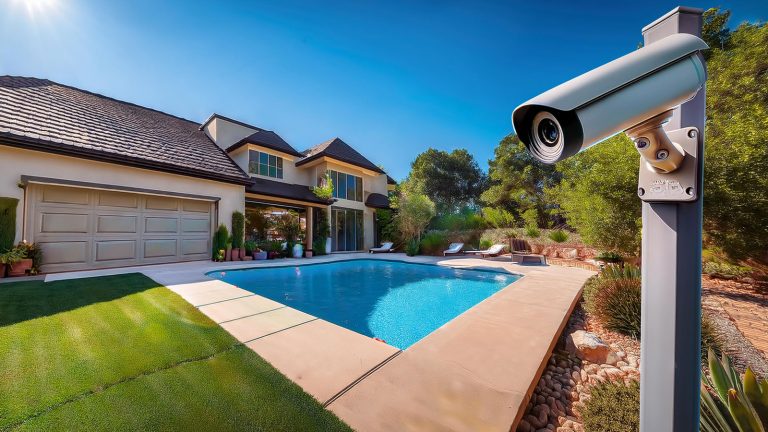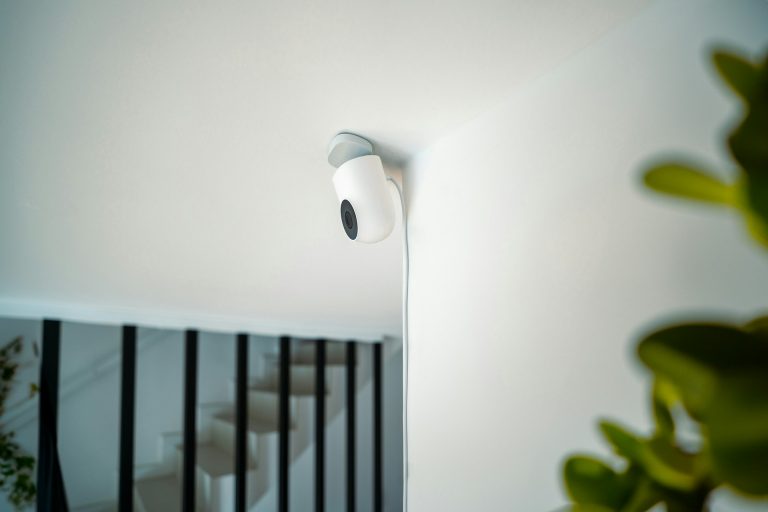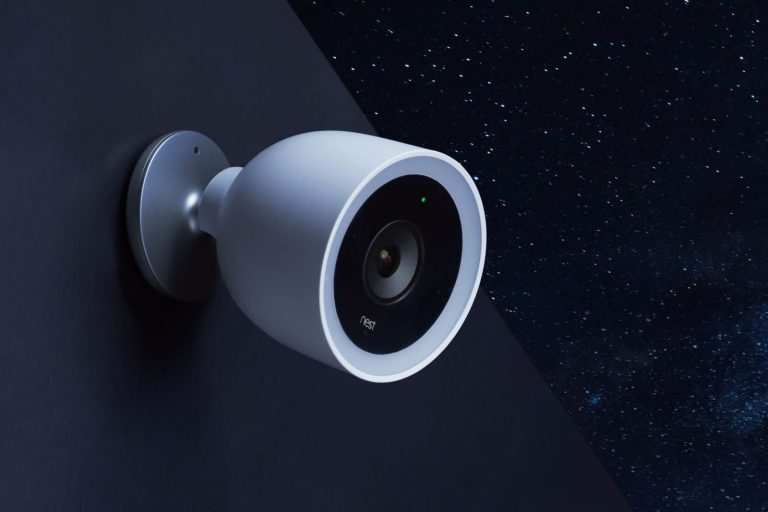Are you trying to set up cameras inside and outside of your home? It can be tricky to pick the right ones for inside and outside of your home, as there are so many brands and options on the market today.
From Blink to Ring, and more professional services like ADT and Vivint. Not to mention dozens of smaller brands featured on Amazon. It can be overwhelming if you don’t know what to look for.
So we’ve done the research, read hundreds of reviews, and narrowed it down to the best DIY security cameras for inside and outside. Our findings are based on features, user feedback, and support.
Best Cameras for Inside
Shopping for the best cameras to put inside your home is actually not too difficult. We recommend something wired to avoid any issues with your WiFi network and interference. Ring and Blink both make great options. It would be wise to choose one of the two, as you can then select from their wide options of outside cameras.

Here are some versatile cameras for inside the home, that offer a decent field of view and high resolution:

Blink Mini Pan-Tilt Camera
Rotating indoor plug-in smart security camera, two-way audio, HD video, motion detection, Works with Alexa
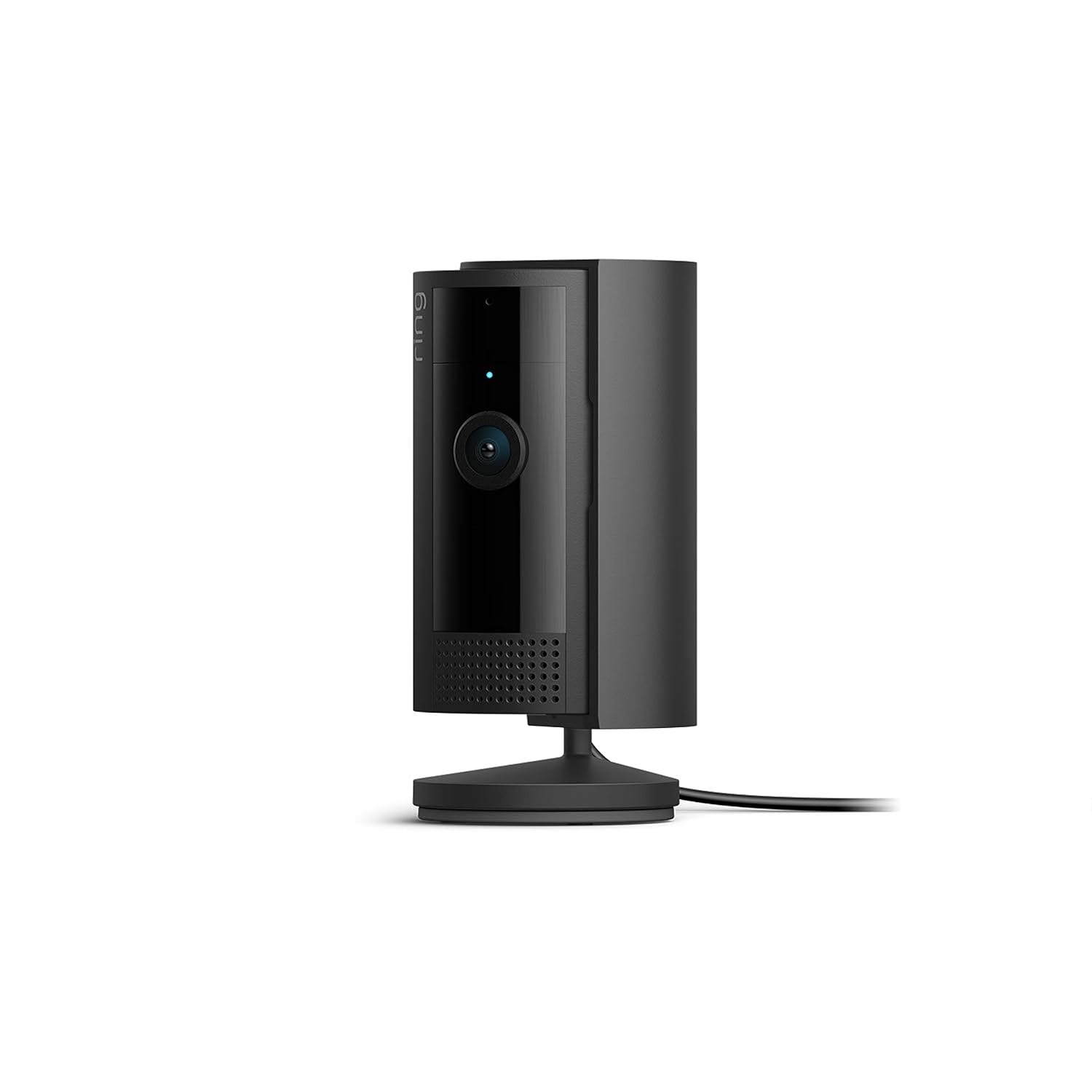
Ring Indoor Cam
1080p HD Video & Color Night Vision, Two-Way Talk, and Manual Audio & Video Privacy Cover
Best Cameras for Outside
Outside cameras need a different set of features that indoor cameras don’t offer. It’s recommended to look for an outdoor camera that offers night vision, a wide field of view, and perhaps a motion sensor and flood light. Depending on the size of your home, you may want a variety of cameras, including a doorbell cam.

Blink Outdoor 4 Floodlight Camera
HD Live View – Wire-free smart security camera, 700 lumens
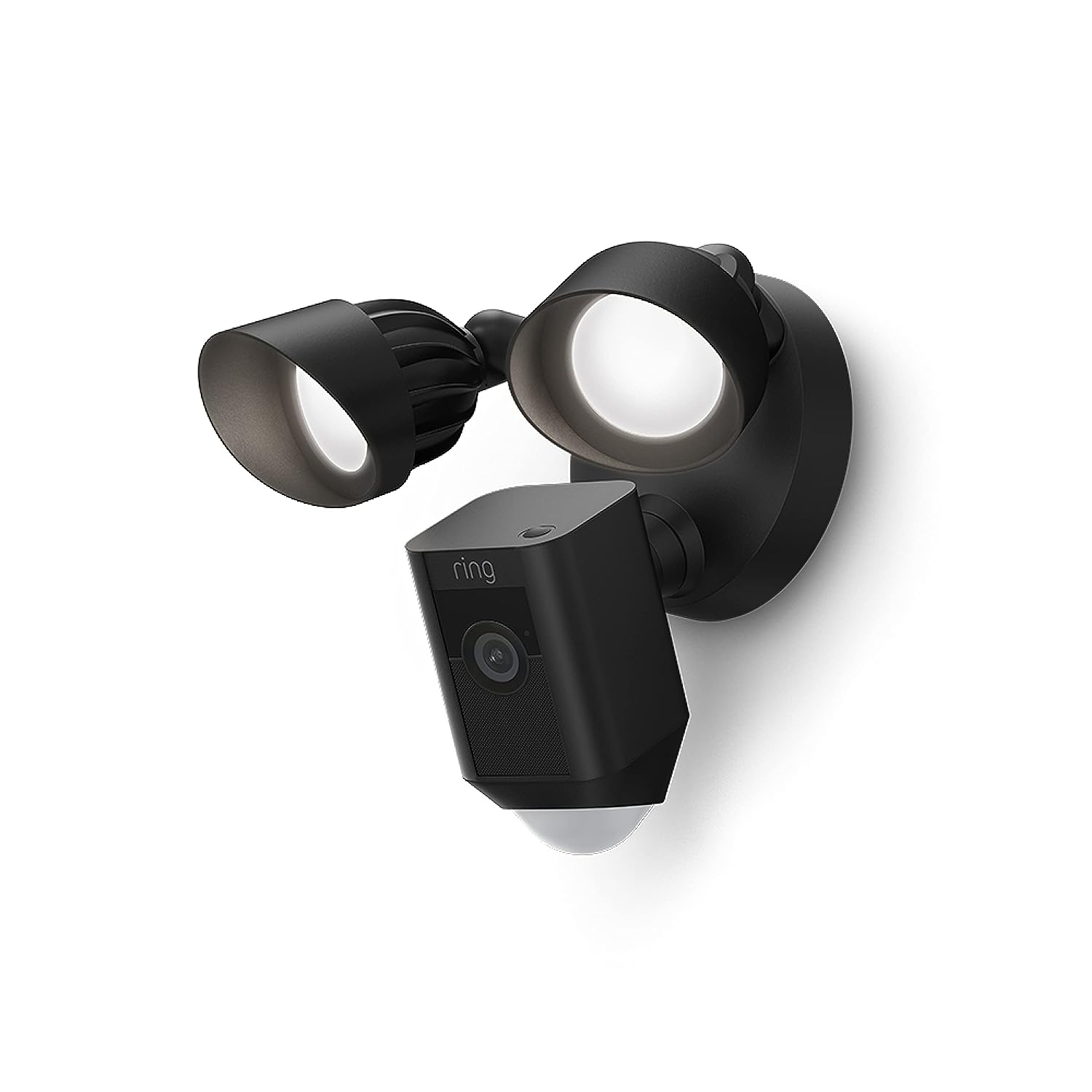
Ring Floodlight Cam
Wired Plus with motion-activated 1080p HD video
Final Thoughts
There are many other great options for home surveillance, these are just the best DIY options. All of the cameras above will sync with Alexa, and enable you to easily monitor your home remotely.
FAQ
What are the essential features to look for in a home security camera?
- High-definition resolution: Ensure your camera captures clear and detailed footage.
- Night vision: Opt for cameras equipped with infrared LEDs for reliable nighttime surveillance.
- Motion detection: Look for cameras with motion sensors that trigger recording or alerts when activity is detected.
- Two-way audio: This feature allows you to communicate with visitors or deter intruders remotely.
- Mobile app integration: Choose cameras compatible with smartphone apps for convenient monitoring and control.
Are wired or wireless security cameras better?
- Wired cameras: These cameras require a physical connection to a power source and possibly a network connection, providing reliable performance without worrying about battery life. They are often more suitable for long-term installations.
- Wireless cameras: Wireless cameras are easier to install and can be placed virtually anywhere within range of your Wi-Fi network. They are battery-powered or powered by solar panels, offering flexibility in placement but may require periodic battery changes or recharging.
Can I use indoor security cameras outdoors?
- It’s not recommended to use indoor cameras outdoors unless they are explicitly designed for outdoor use. Indoor cameras lack weatherproofing and may not withstand exposure to elements such as rain, humidity, and extreme temperatures. Outdoor cameras are built to withstand harsh outdoor conditions and typically feature weatherproof housing.
How do I prevent false alarms with my security cameras?
- Adjust motion detection sensitivity: Fine-tune the sensitivity settings to minimize false alerts triggered by benign motion, such as pets or passing vehicles.
- Set up activity zones: Define specific areas within the camera’s field of view where motion should be detected, reducing false alarms from irrelevant motion outside those zones.
- Regular maintenance: Keep your camera lenses clean and free of obstructions to ensure accurate motion detection and reliable performance.
Can I access my security camera footage remotely?
- Yes, most modern security cameras offer remote access via mobile apps or web portals. Simply download the camera’s app on your smartphone or tablet and log in to view live streams, playback recorded footage, and receive alerts from anywhere with an internet connection.
Are there security cameras with local storage options?
- Yes, many security cameras support local storage options such as microSD cards, USB drives, or network-attached storage (NAS) devices. Local storage provides a backup of footage in case of internet outages or cloud service interruptions and may offer cost savings compared to subscription-based cloud storage plans.


